Written capital lettersentities examples entities person employee
Conceptual Data Modeling
• A detailed model that captures the overall structure of data in an
organization• In the design stage, the conceptual data model is translated into a physical design
• Project repository links all design and data modeling steps performed during SDLC
• Data model is derived from an intimate understanding of the business.
– Bottom-up
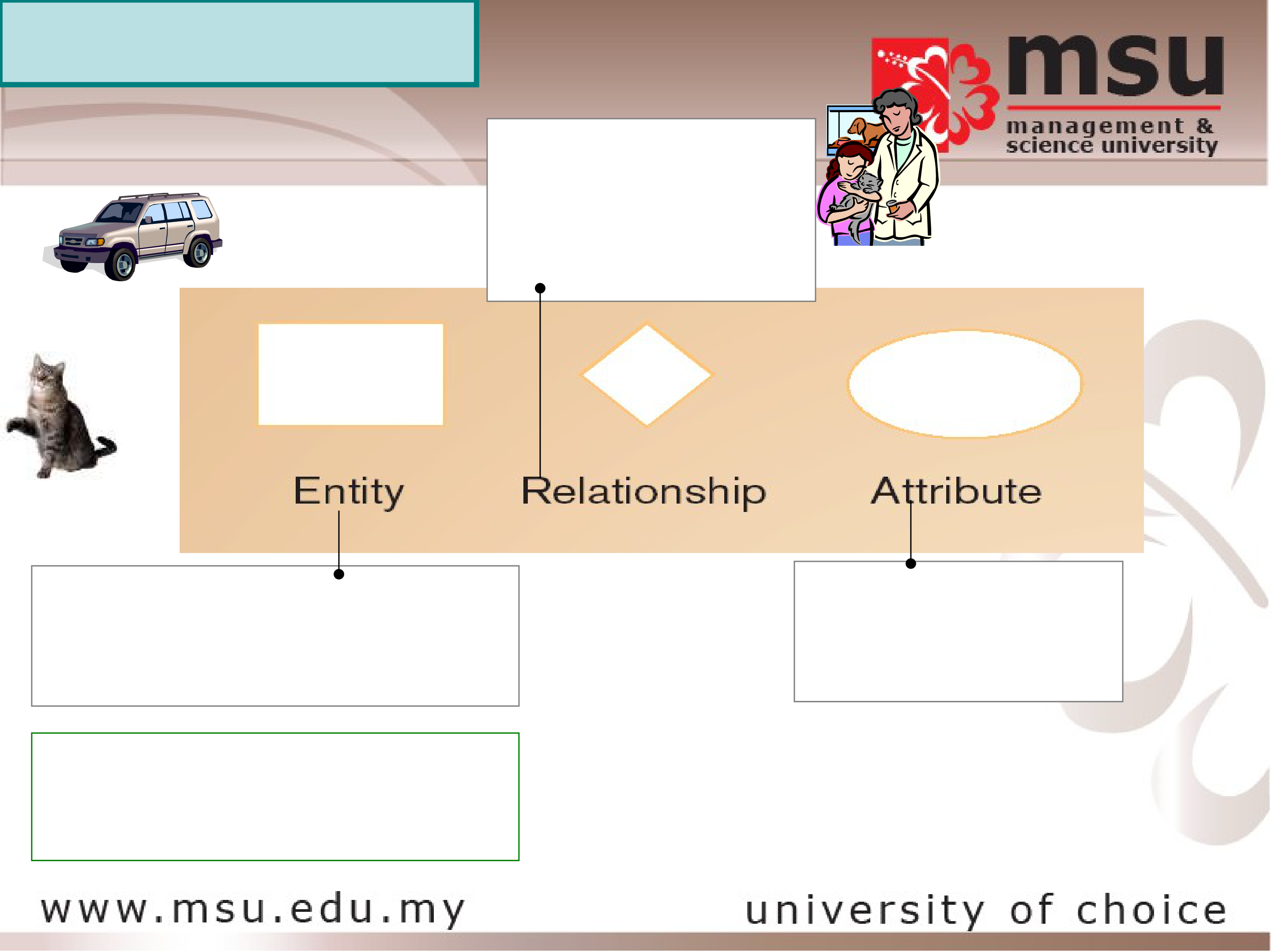
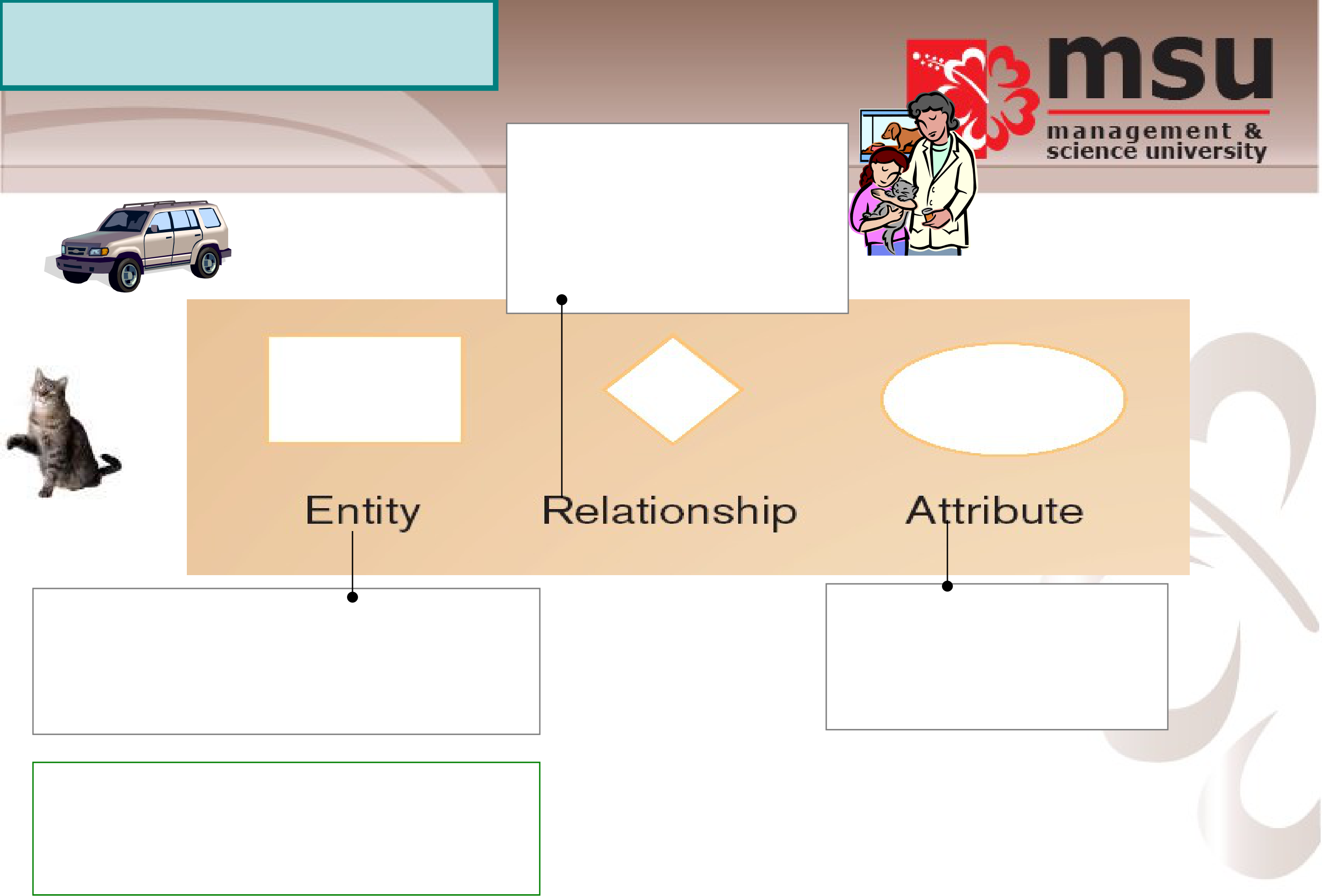





Chen Notation
| Crow’s Foot Notation |
|---|
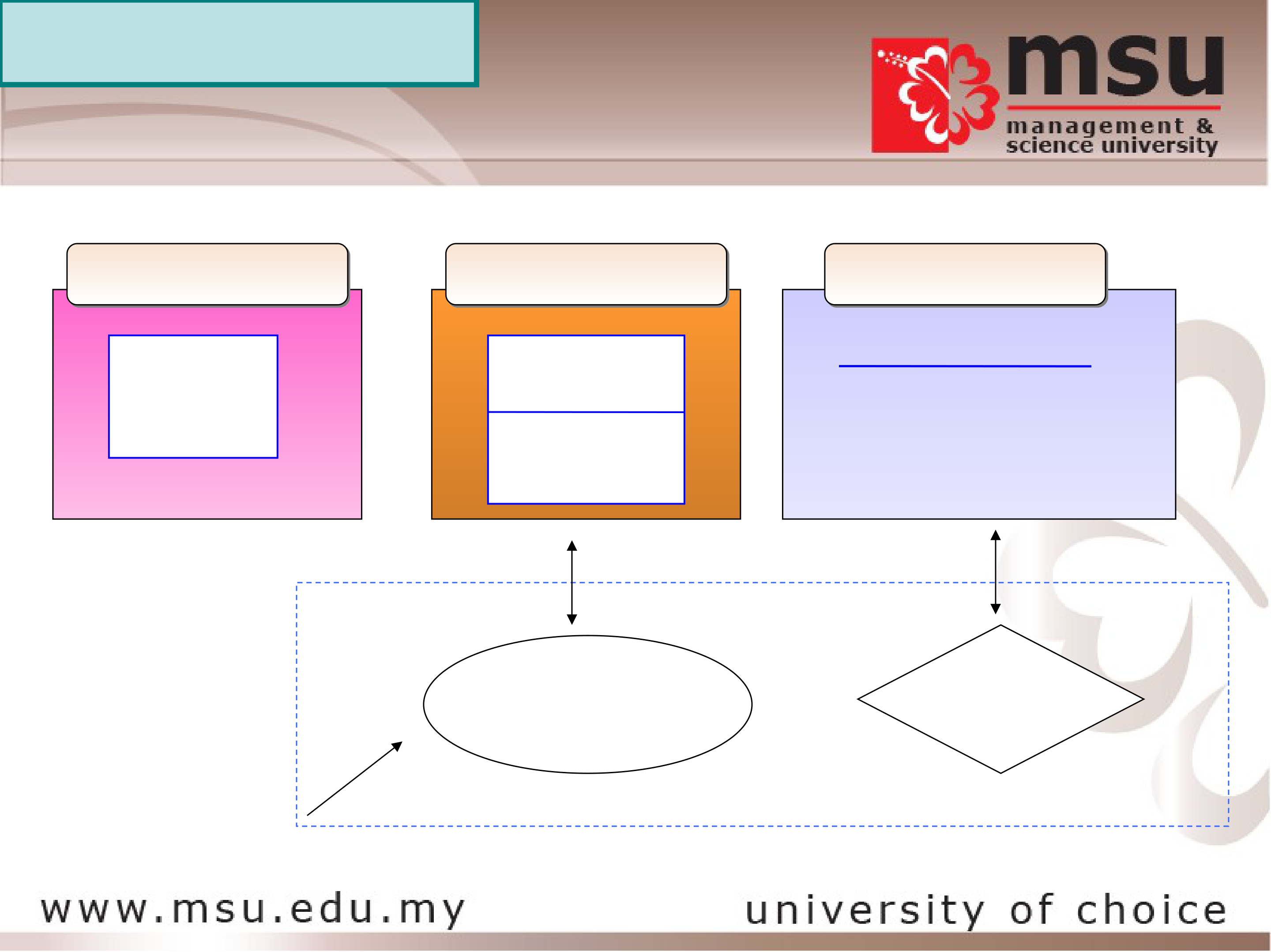
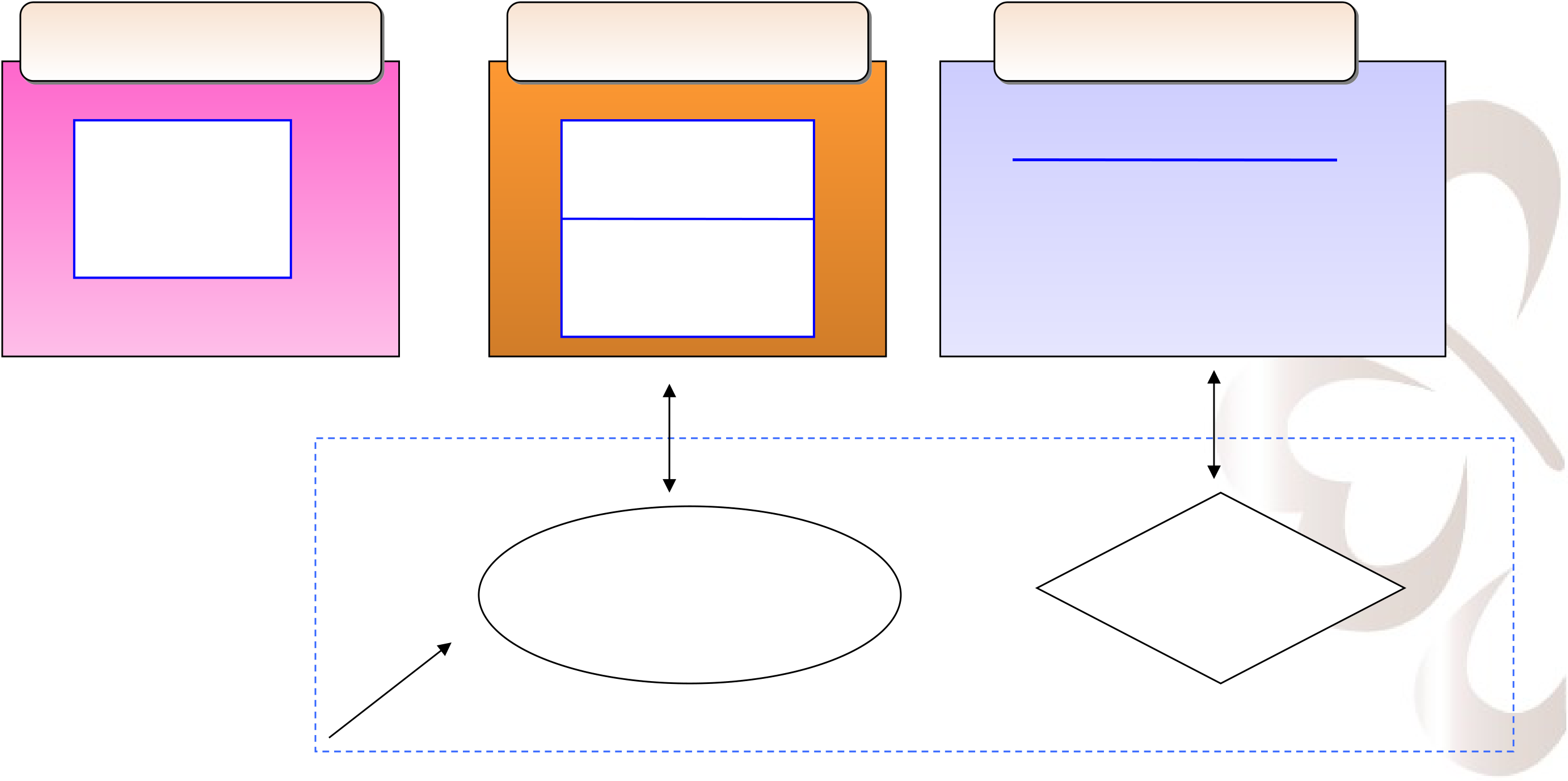





|
EntityName | Verb phrase |
|---|
• Refers to entity set and not to single entity occurrence
• Corresponds to table and not to row in relational environment
• Examples of entities:
– Person: EMPLOYEE, STUDENT, PATIENT– Place: STORE, WAREHOUSE
– Object: MACHINE, PRODUCT, CAR
– Event: SALE,REGISTRATION, RENEWAL– Concept: ACCOUNT, COURSE
• Guidelines for naming and defining entity types: – An entity type
name is a singular noun
– An entity type should be descriptive and specific
– An entity name should be concise
– Event entity types should be named for the result of the event, not
the activity or process of the event.
STUDENT: Student_ID, Student_Name, Home_Address, Phone_Number, Major
• Guidelines for naming attributes:
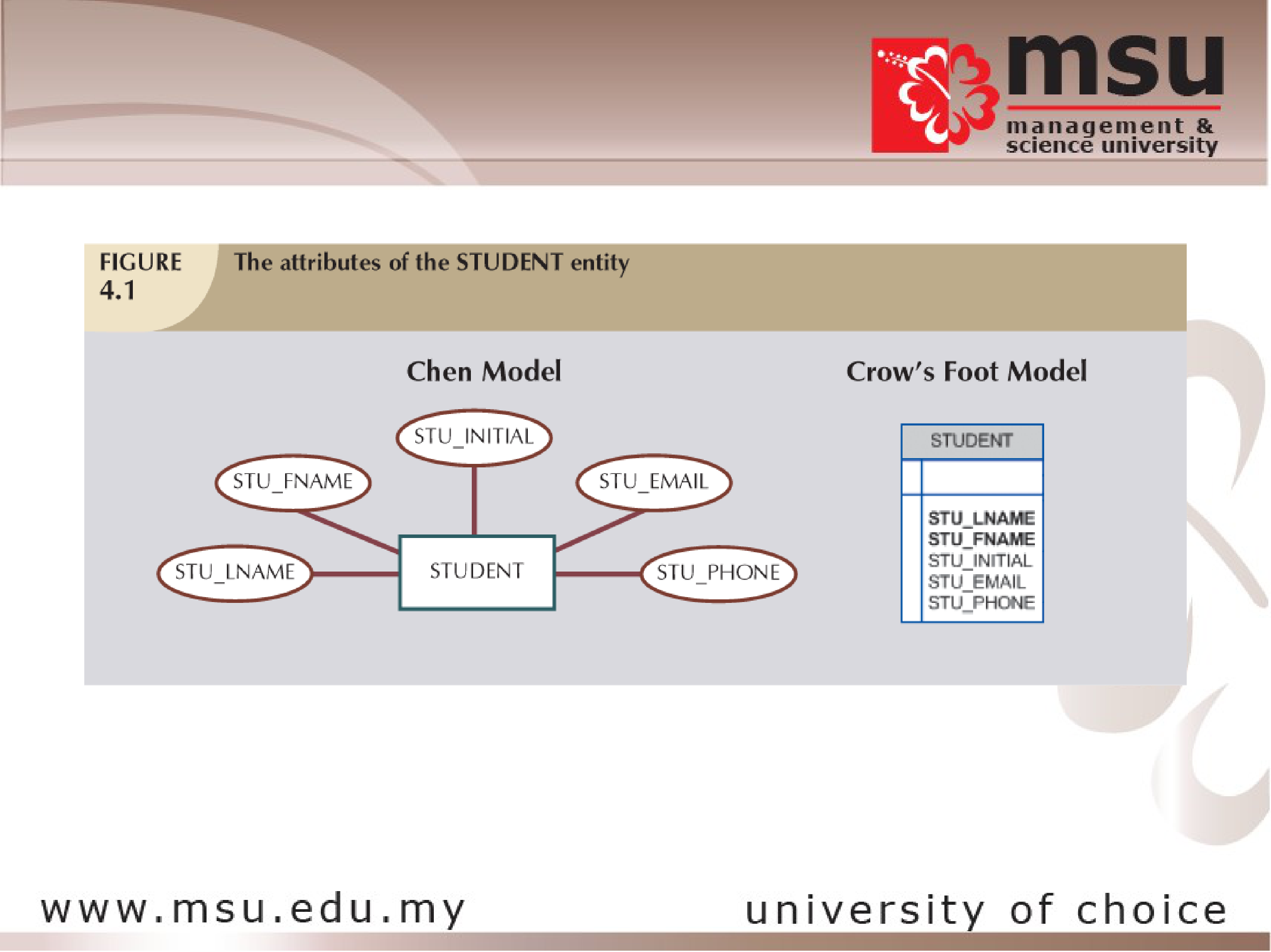
Identifier Attributes
• If there is more than one candidate key, need to make a choice.
| • |
|
|---|
| Name |
|
|---|
• Composite attribute can be subdivided• Simple attribute cannot be subdivided• Single-value attribute can have only a single value
• Multivalued attributes can have many values
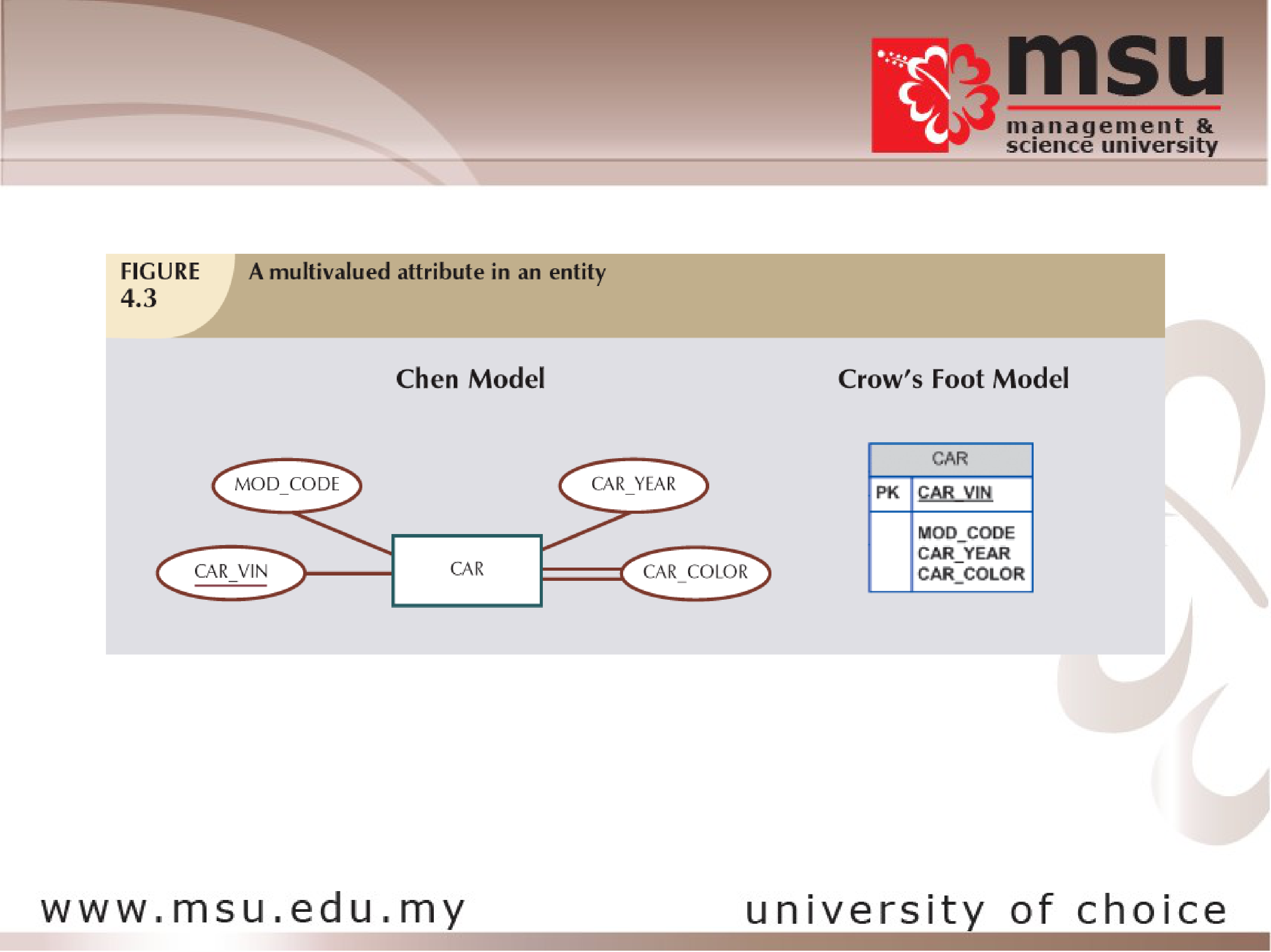
• Derivedattribute: value may be calculated from other attributes
– Need not be physically stored within database
• Relationships between entities always operate in both directions
• Relationship can be classified as 1:M
• relationship name is an active or a passive verb.
Relationship name:
Connectivity and Cardinality
• Connectivity
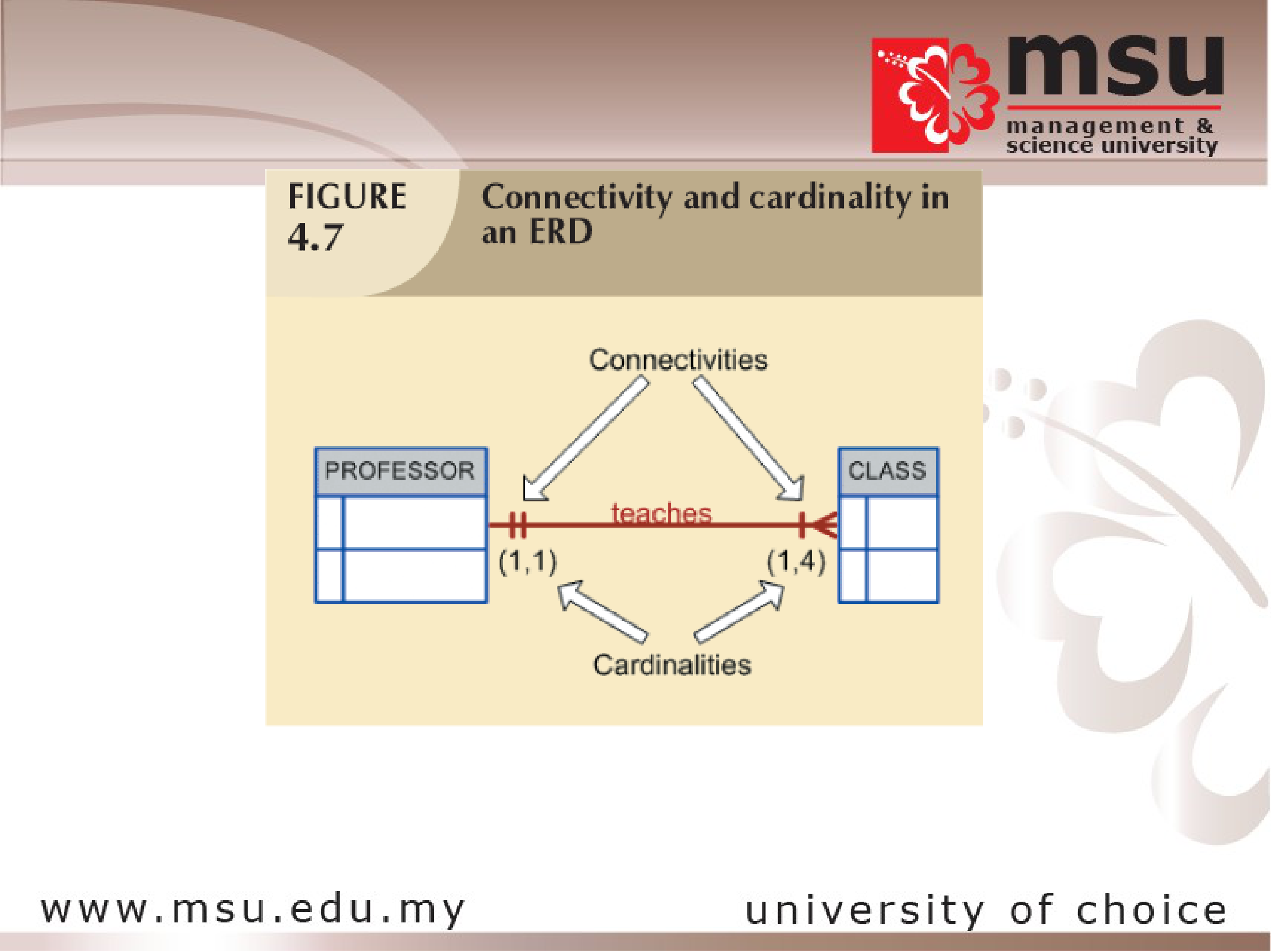
Existence Dependence
– Sometimes such an entity is referred to as a strong or regular entity
Relationship Strength
Weak Entities
• Weakentity meets two conditions
– Existence-dependent
– Primary key partially or totally derived from parent entity in relationship
• Optionalparticipation
– One entity occurrence does not require
corresponding entity occurrence in particular relationship
Relationship Degree
• Indicates number of entities or participants associated with a relationship
• Unaryrelationship
– Association is maintained within single entity • Binaryrelationship
– Two entities are associated
• Ternaryrelationship
– Three entities are associated
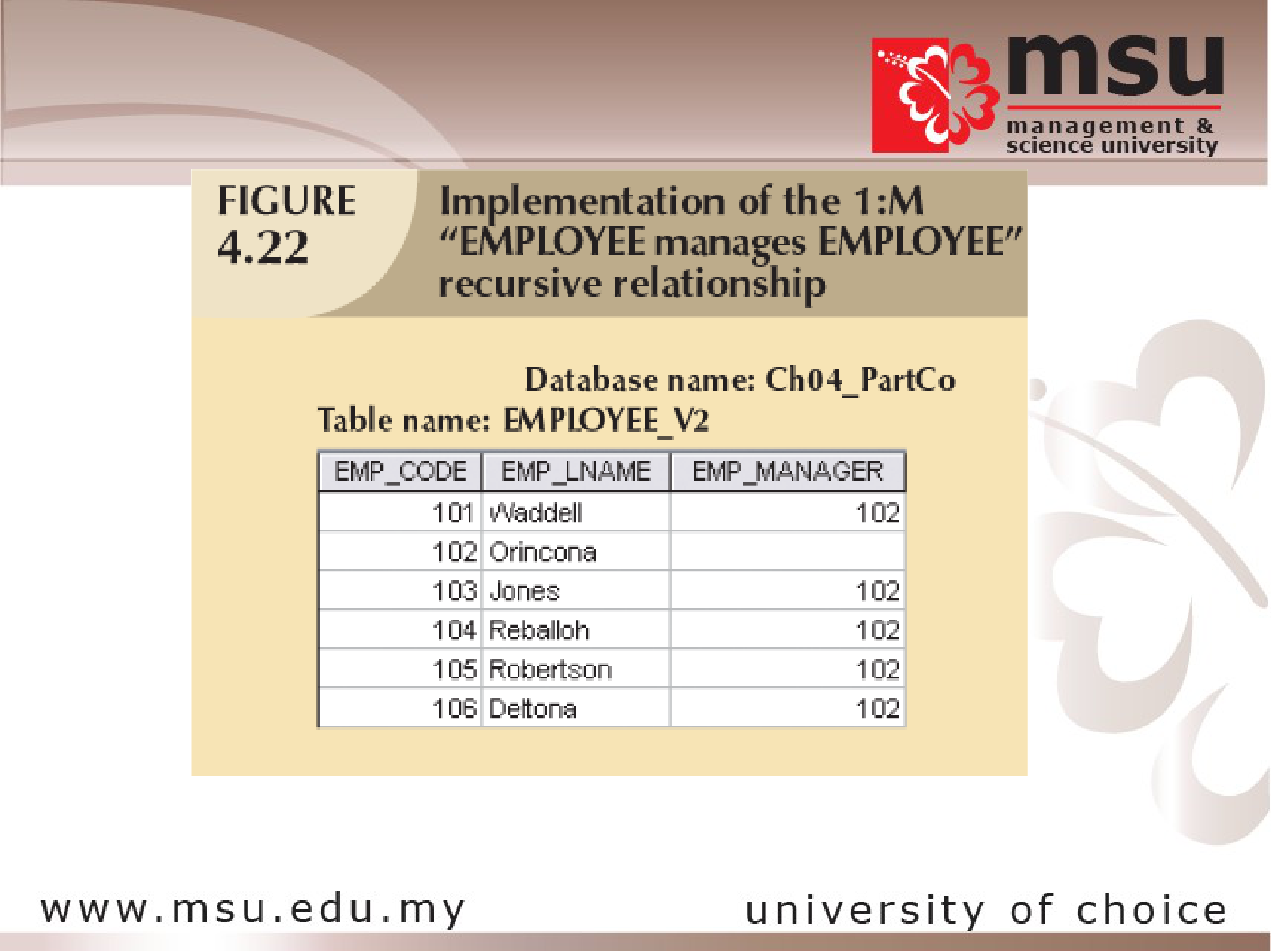
Associative (Composite) Entities
• Database design is an iterative process
– Create detailed narrative of organization’s
description of operations
– Identify business rules based on description of operations
– Identify main entities and relationships from
business rules
– Develop initial ERD
– Identify attributes and primary keys that adequately describe entities
– Revise and review ERD
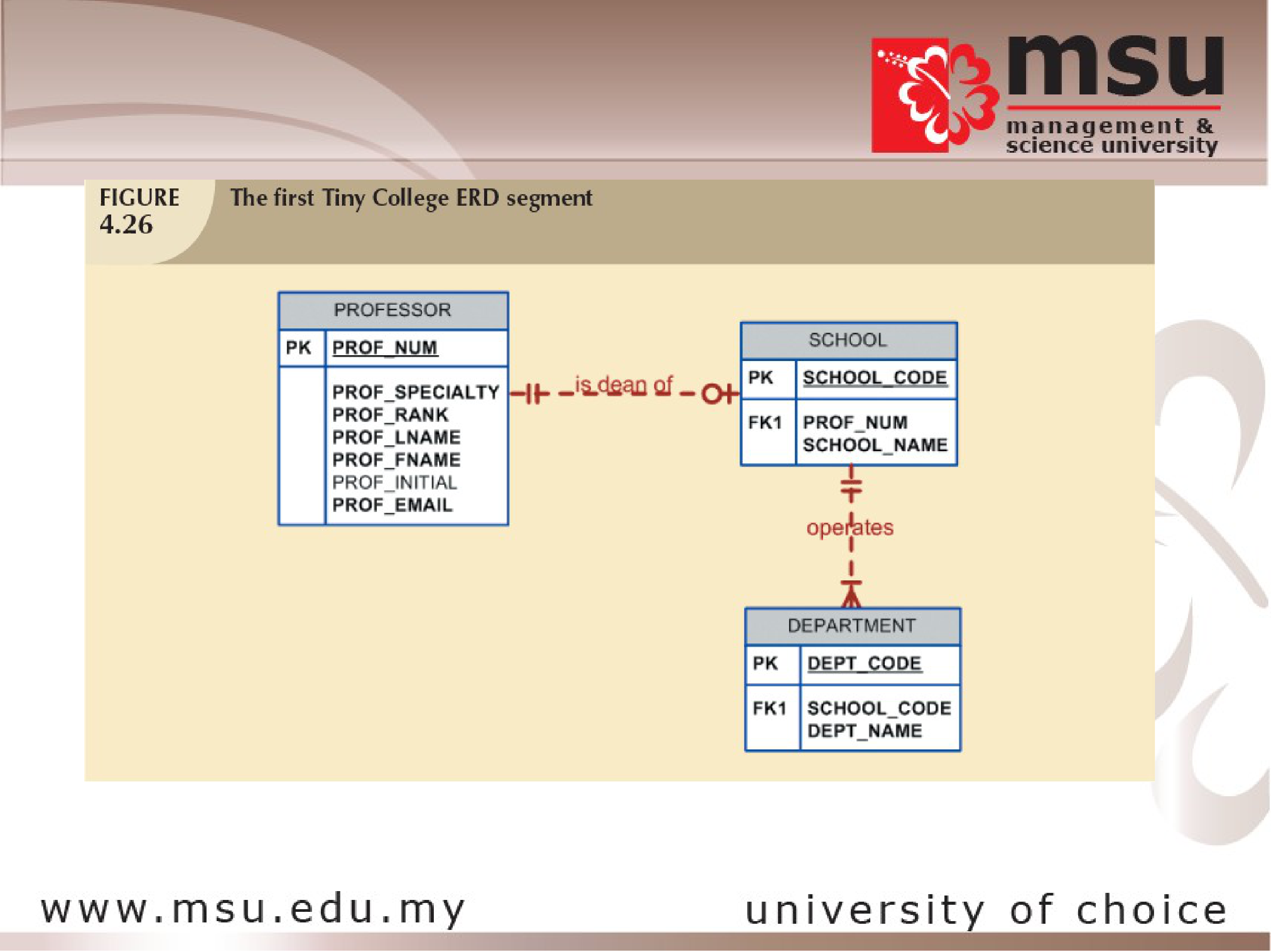
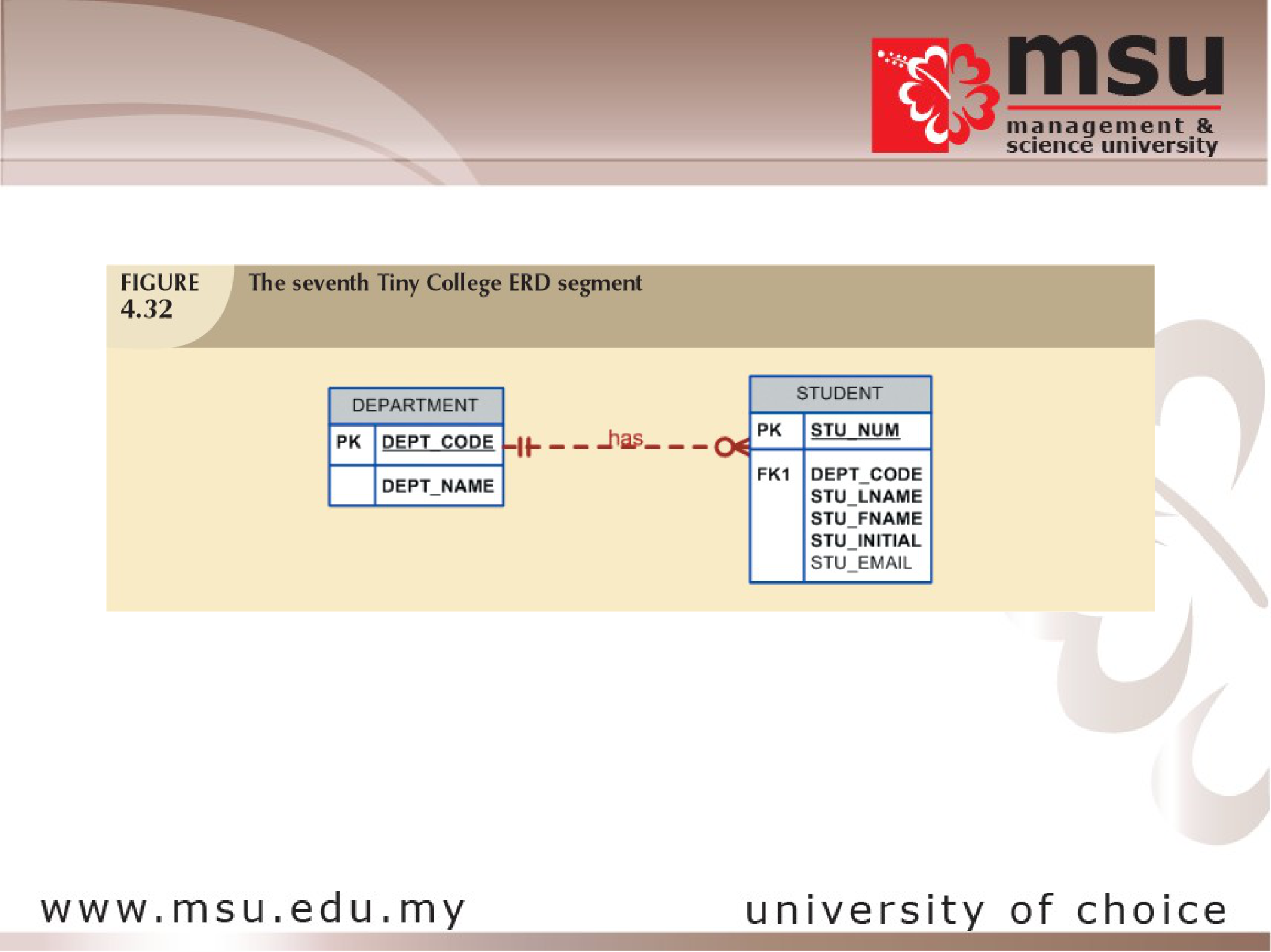
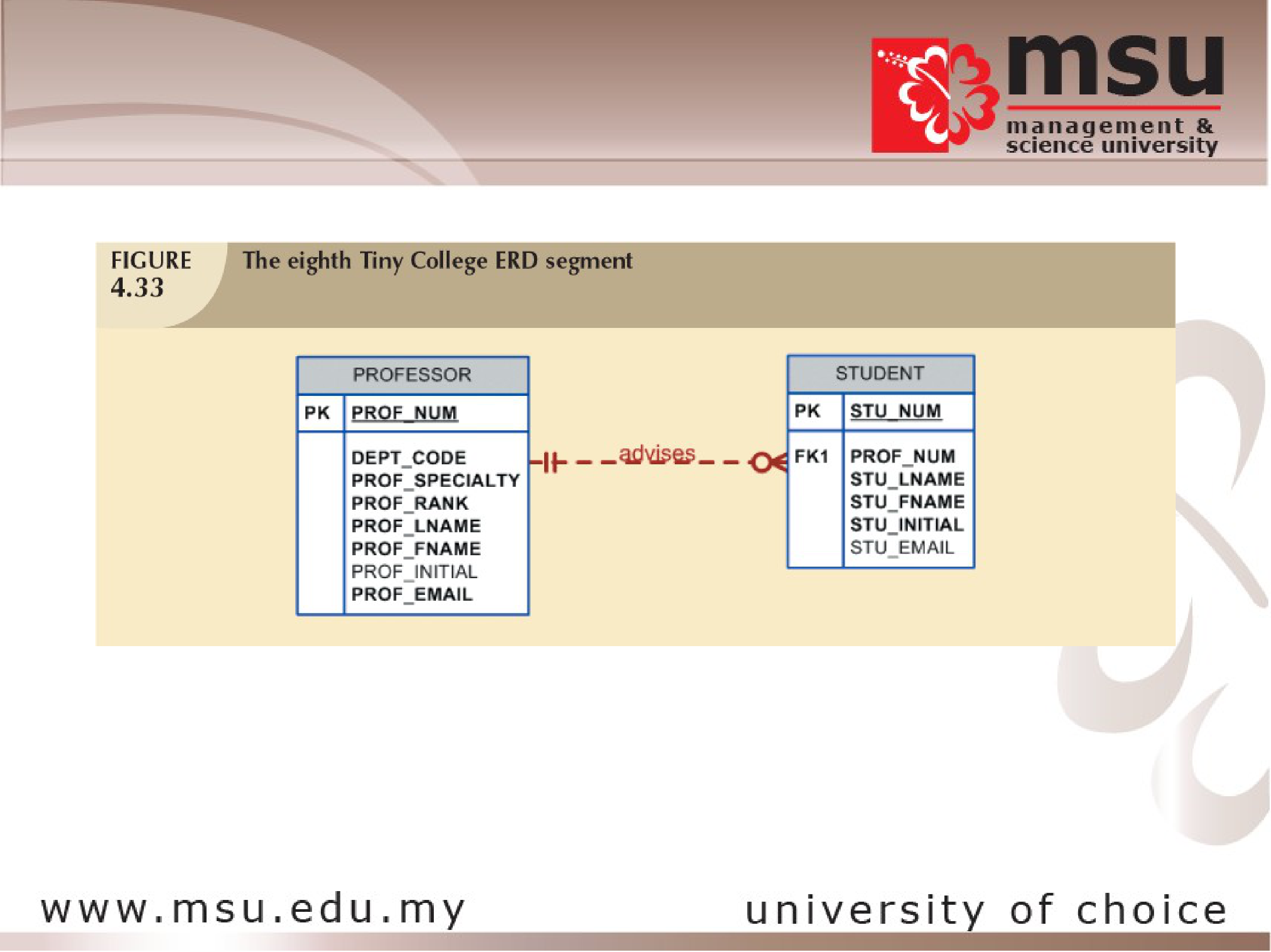
Database Design
Challenges: Conflicting Goals• Database designers must make design compromises – Conflicting goals: design standards, processing
speed, information requirements
• Important to meet logical requirements and design
conventions
• Design of little value unless it delivers all specified query and reporting requirements
• Some design and implementation problems do not yield “clean” solutions
• In this chapter you learned how to: Define key data modeling terms.
Draw entity-relationship (E-R) and class diagrams to represent common business situations.









